建議您使用以下瀏覽器觀看本網站,
以獲得最佳瀏覽效果。
between Taiwan and the Netherlands
Cultural Affairs
The Netherlands Office Taipei collaborates with arts and cultural institutions to increase the visibility of the Dutch cultural sector in Taiwan, and strengthen cultural exchange and cooperation between Taiwan and the Netherlands. In addition, we also work with civil society organizations in Taiwan and the Netherlands to promote the values of gender equality, diversity, inclusion, anti-racism, and press freedom.
practical and aesthetically pleasing
Dutch architecture
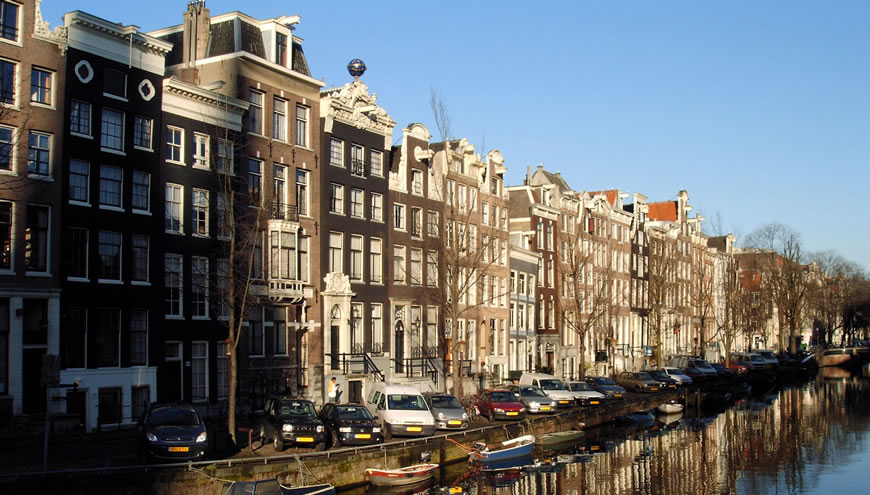
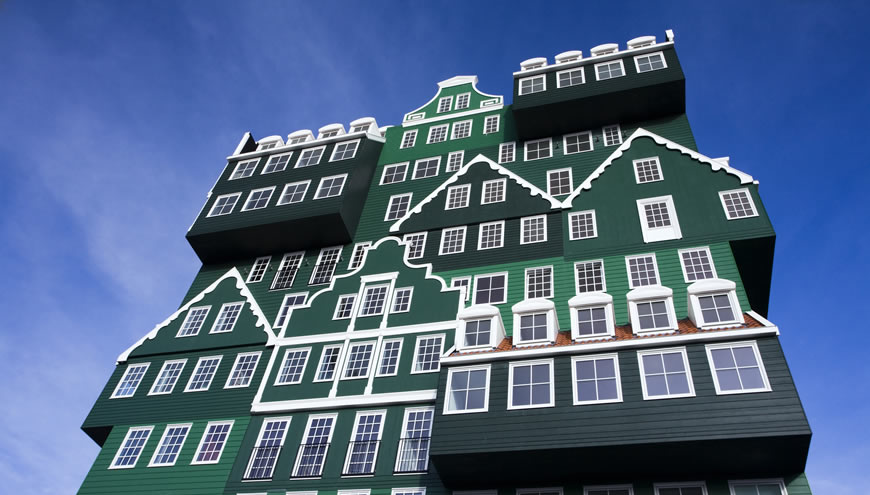
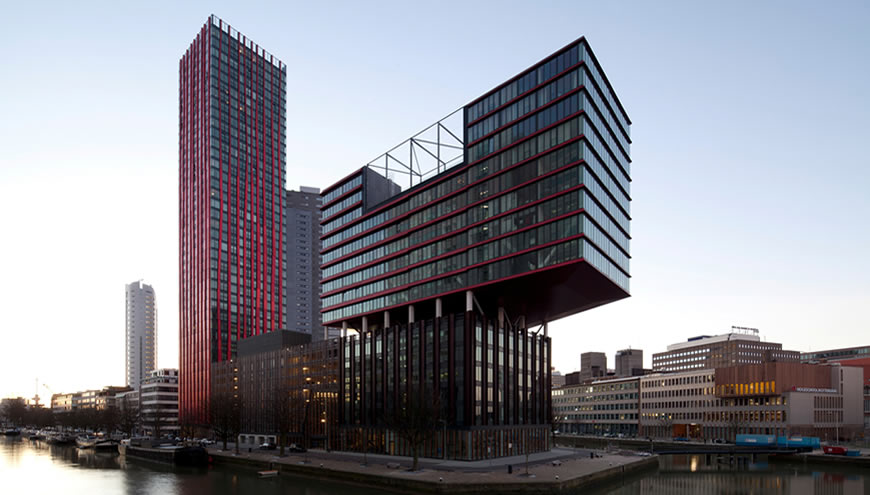
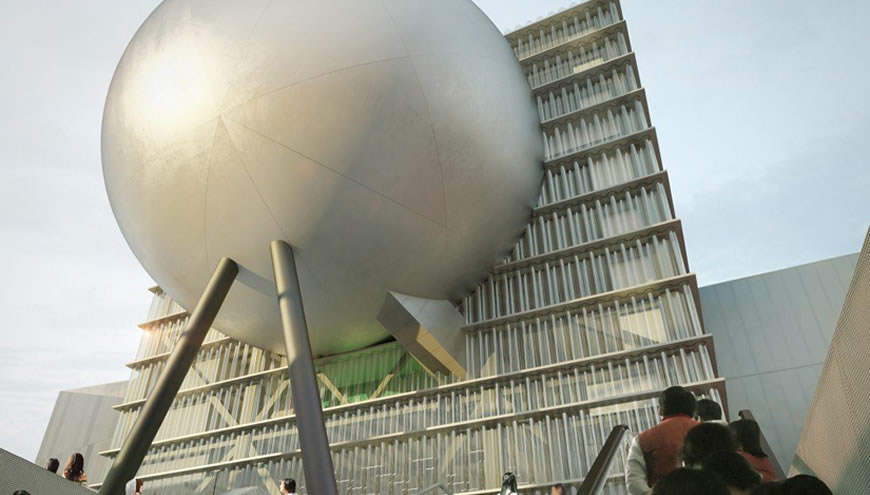
For centuries, the Dutch have made their mark on the international architectural scene with designs that are both practical and aesthetically pleasing. Even in Taiwan, you can find contemporary Dutch architecture: the Taipei Performing Arts Center and the National Kaohsiung Center for the Arts are two great examples that showcase the Dutch design mentality.
The Dutch are primarily known for building their own country by reclaiming land from the surrounding sea, but the Netherlands is also world-famous for its 17th century architecture. During that “Golden Age”, the thriving economy drove a great expansion of the traditional merchant cities of Delft, Leiden and Amsterdam. Many new canals were dug throughout the towns for defense and transportation, and wealthy traders built their houses right on the waterfront: narrow and deep buildings that made optimal use of the limited and expensive real estate, with characteristic hoist beams for loading and unloading goods, and ornamented façades that flaunted the rich owners’ status to the world. Hundreds of years later these iconic images of gabled merchant houses are still used for decorations, from traditional cookies and candy to ceramic gin bottles and even kitchen tiles.
Even in the 21st century, Dutch architecture continues to play a leading role on the world stage. Many contemporary Dutch architects have achieved global prestige with their uniquely practical and humanist approach to building and designing. A good example is OMA’s Center for the Performing Arts in the Shilin District of Taipei. At first glance, this clustered group of several theatres poised on stilt-like legs looks as if a massive robot accidentally landed in Taiwan’s capital instead of the red plains of Mars, but a closer look at the intricate design reveals a revolutionary way to look at performance spaces. This building exemplifies the core values that drive so much of contemporary Dutch design. It is eager to explore the realm beyond the functional, and actively invites users and casual visitors alike to push past their boundaries in order to discover new perspectives.
The two-wheeled phenomenon
Bikes
When thinking about the Netherlands, bicycles are one of the concepts that come to mind at once. Even though the Dutch didn’t invent the bike, once they discovered the convenience and fun of biking, bicycles took the country by storm.
Bicycles are eminently suited for the Netherlands, which is mostly flat and crisscrossed with an excellent network of paved roads.
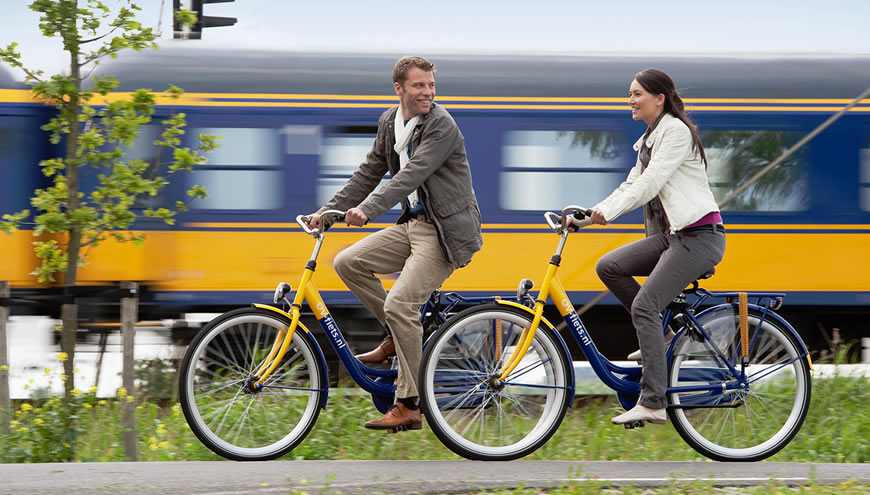
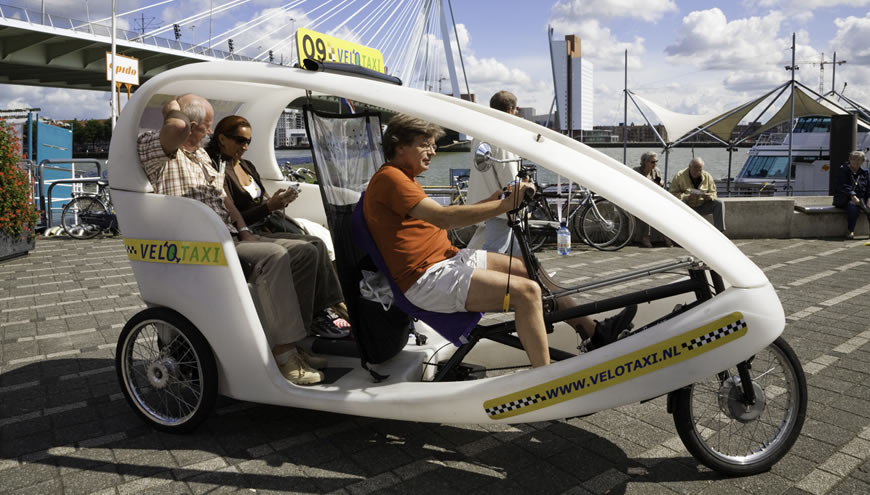
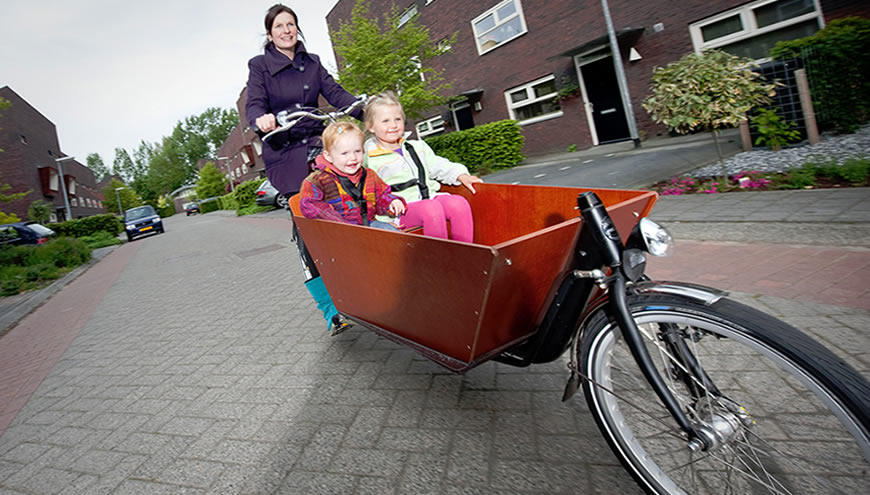
The Dutch aren’t even deterred by the strong and almost continuous winds and rain – which can take you by surprise by drenching you before you have a chance to get your raincoat out. They keep in mind the saying “we aren’t made of sugar”. Sunshine or rain, it doesn’t matter to the Dutch, there is no greater joy than zooming around the countryside on a bicycle – and you will not be alone.
Ice skating in the Netherlands
Ice fun
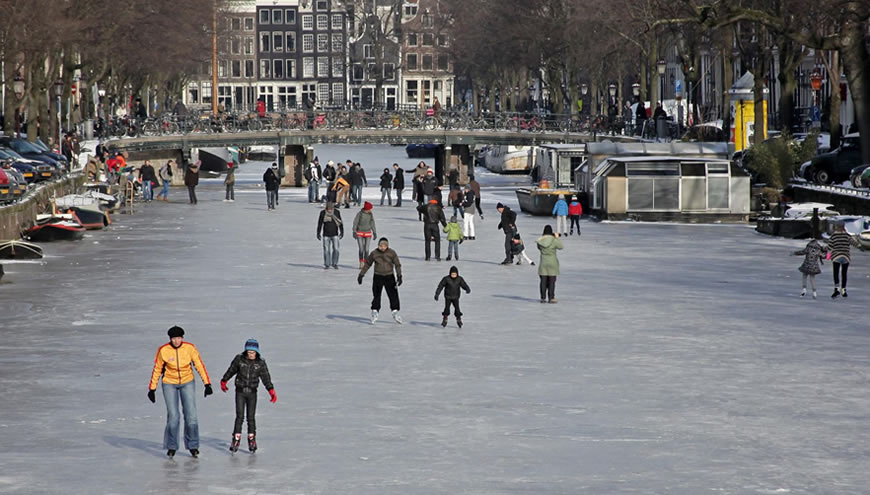
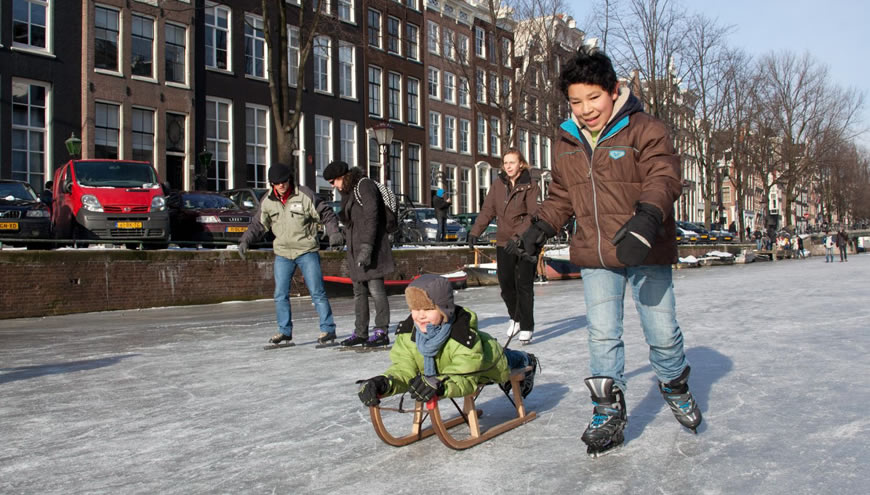
It doesn’t happen every year, but when the Netherlands freezes over, everybody goes crazy for ice skating. And finding the proper venue is not difficult. A large part of the Netherlands is below sea level, and kept dry by an elaborate network of smaller and larger canals which pump out rising groundwater. As a consequence, the Dutch landscape is crisscrossed by thousands of shallow waterways, ideal for ice skating once the thickness of the ice is sufficient.
Dutch cities such as Amsterdam, Utrecht and Delft have extensive canals running through the old town, and as soon as these old transportation waterways freeze over, people put on their skates and slip onto the ice, for a longer trek across town or just to have a quick hot chocolate and some freshly baked cookies at one of the "Koek en Zoopie" food stands that can be found on the ice.
Dutch Masters
The Golden Age
Say "Dutch Art" and history will inevitably push itself to the forefront.
With such a rich heritage, ranging from the Masters of the Golden Age (Rembrandt, Vermeer, Frans Hals, Jan van Eyck) to pioneers such as Vincent van Gogh and Piet Mondriaan, it is hard to escape the legacy that is cast by these masters from the past, in spite of the fact that the Netherlands also has a vibrant contemporary art scene that produces some of the most exciting new artists of this generation.
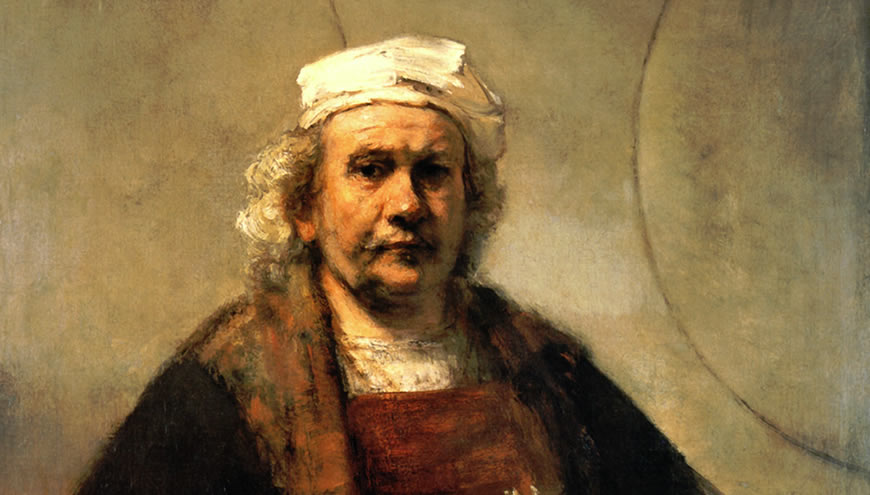
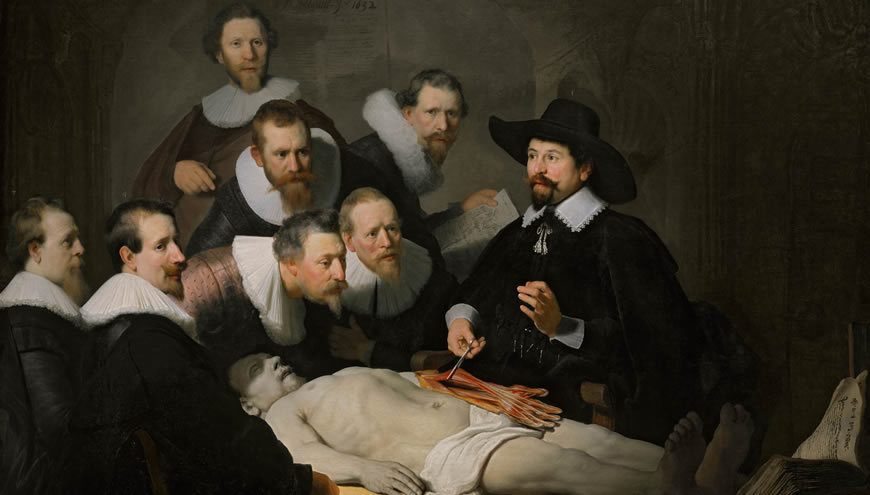
The Dutch Golden Age was a period in Dutch history, roughly spanning the 17th century, in which Dutch trade, science, military, and art were among the most acclaimed in the world. It is mostly known as the period that produced the now world-famous works of Rembrandt and Vermeer, but if you would ever set out on a mission to see all of the Dutch Masters that were produced during this flourishing period, you would have your work cut out for you: in the two decades between 1640 and 1660, it is estimated that the Dutch painters collectively produced over 1.3 million paintings.
Today, the works of this golden age of Dutch art can be found in museums all over the world, but the Netherlands, of course, can still boast of the largest and most comprehensive collections, especially the famous Rijksmuseum, the most visited museum in the Netherlands with a record number of 2.2 million visitors a year. And in case you're just passing through, the Rijksmuseum has a small but excellent collection of Dutch Masters on display at its mini-sized gallery at Schiphol Airport as well.
The media landscape in the Netherlands
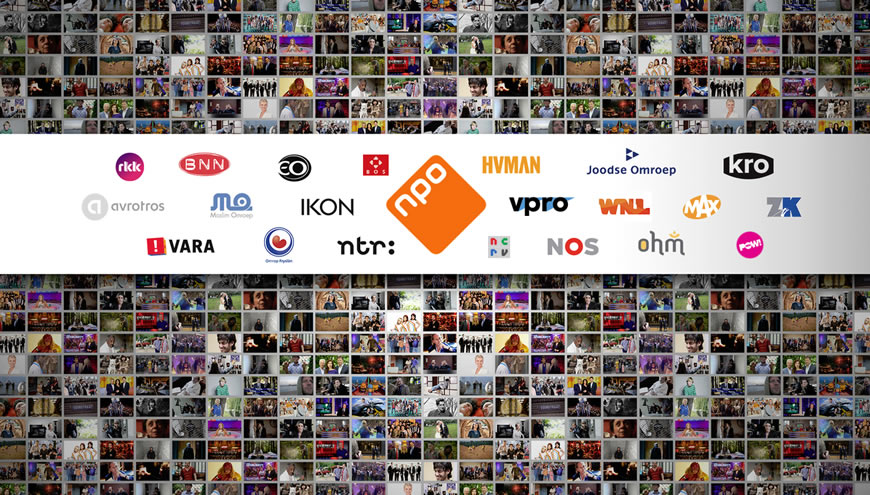
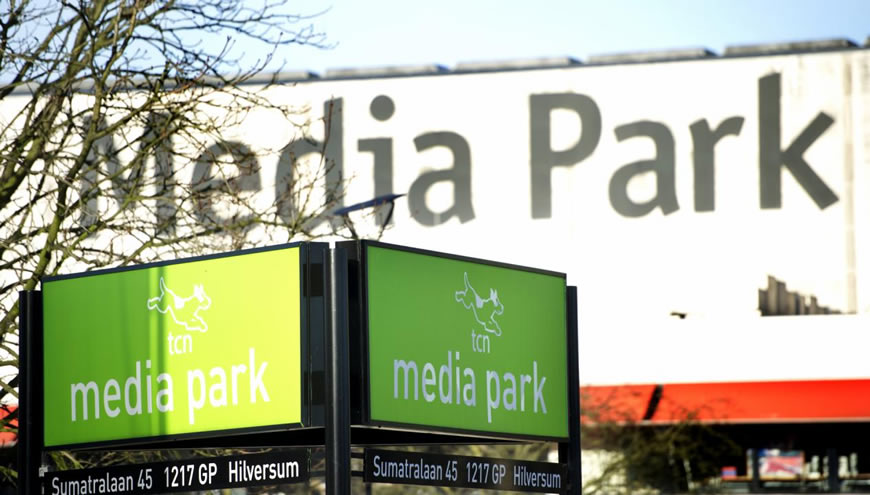
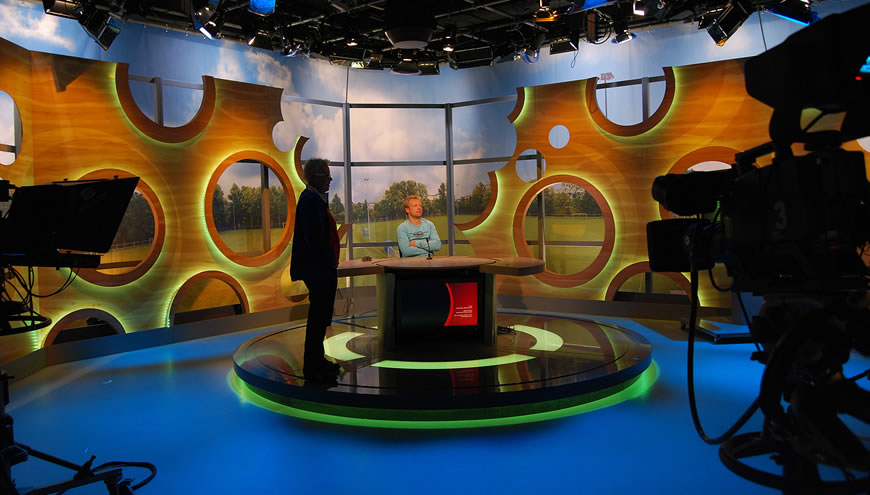
The Netherlands has a well-deserved reputation for allowing different voices and opinions to be expressed and the traditional broadcasting system reflects these values. The Dutch love their opinions and they love to voice them even more. It should come as no surprise that the first ever radio program was broadcasted from the coastal town of Scheveningen in 1919.
In the Netherlands, freedom of the press is guaranteed by the constitution, as is free speech. The Dutch openly encourage expressing diverse opinions and tastes, and seem to love the enthusiastic debate that often ensues. But in general, the lively public discourse in the media is quite civil and respectful. Most newspapers in the country are broadsheets and Dutch readers do not seem to have developed a taste for sensationalism.
The iconic Dutch symbol
Wooden shoes
The iconic Dutch wooden shoe or clog is called a "klomp" in Dutch, a word that sounds almost as cluncky as the footwear it describes. A klomp is produced from a single, solid block of wood from the willow or poplar tree, which yields a light type of wood that can easily be carved. Original clogs (plural in Dutch: "klompen") were hand-carved, but nowadays the heavy work is done by intricate machines that can chisel out a full wooden shoe in a matter of minutes.
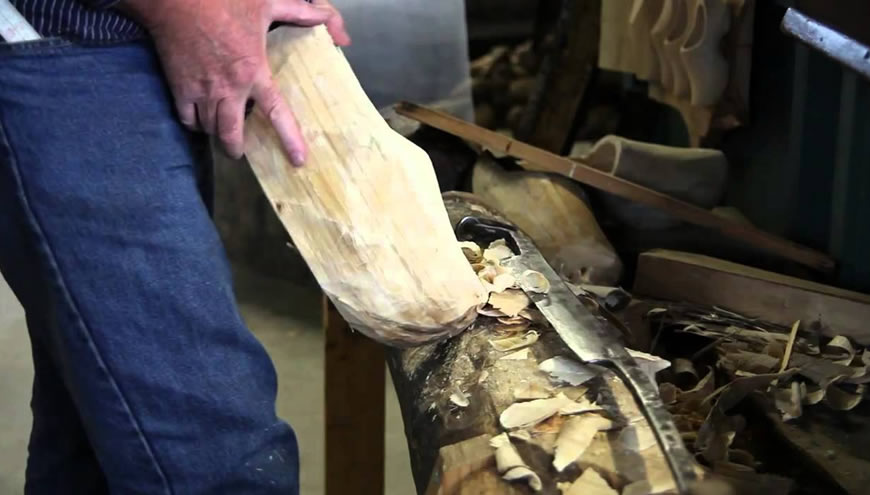
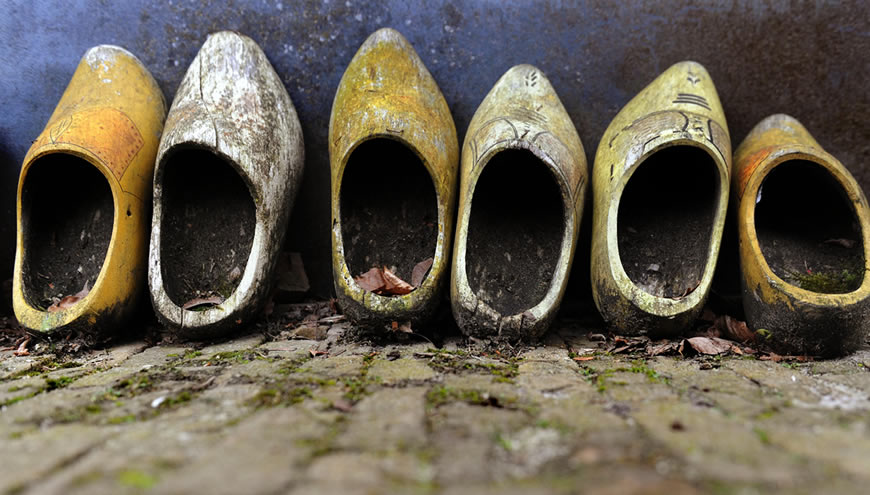
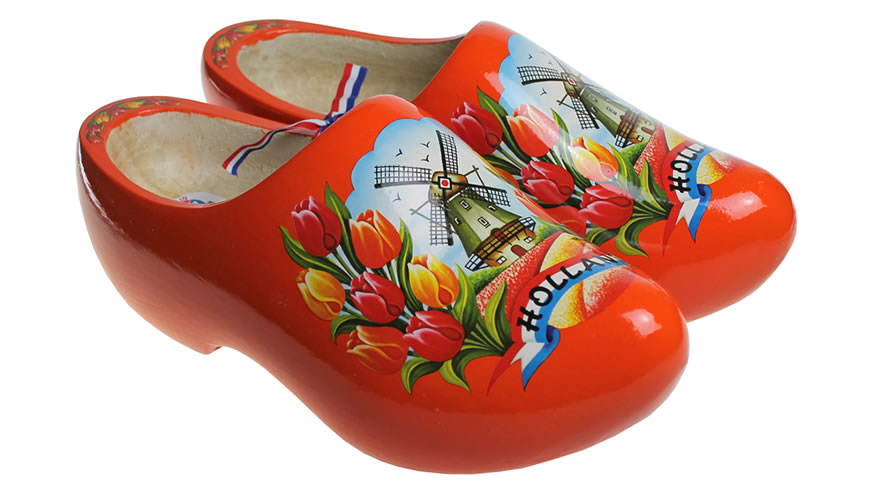
Most Dutch people don't use clogs anymore, but don't be too quick to dismiss this clunky piece of unfashionable footwear. Klompen are actually quite convenient. They are very easy to slip in and out of, they are surprisingly light, and if you wear thick socks they are quite comfortable and warm.
The European Union even gave the traditional all-wooden Dutch clogs a CE mark as safety shoes. They can withstand almost any penetration (including sharp objects and concentrated acid) and are actually safer than steel-capped protective shoes in some circumstances, as the wood cracks rather than dents in extreme accidents, allowing easy removal of the clog.

Dutch Design
The term Dutch design, mainly referring to product design, became popular from the 1990s onwards when a group of Dutch designers gained international recognition at major design events around the world.
Dutch product design has commonly been characterized as innovative, minimalistic, practical, ‘down to earth’, and experimental with a humorous touch. According to Hugo van den Bos, strategy director of Dutch graphic design studio Koeweiden Postma, “Dutch design is simple and powerful”.
Among the most famous design schools are Design Academy Eindhoven and the Gerrit Rietveld Academy in Amsterdam. Eindhoven organizes the yearly Dutch Design Week, the biggest design event in Northern Europe, presenting the work and ideas of more than 2600 designers.
In terms of fashion design, Dutch designers such as Viktor & Rolf and Iris Van Herpen are also well known in the international fashion scene.




